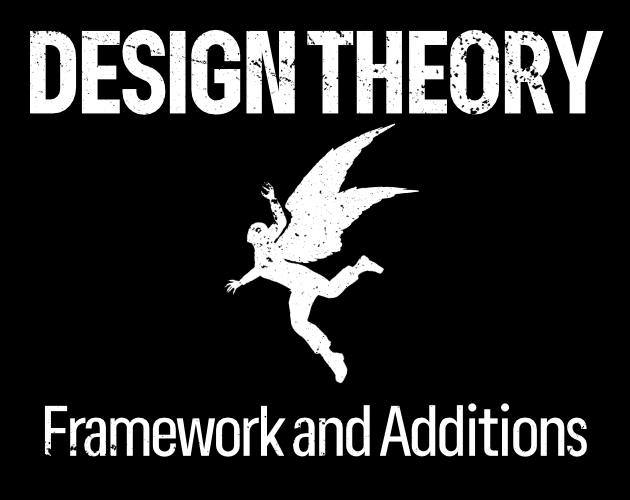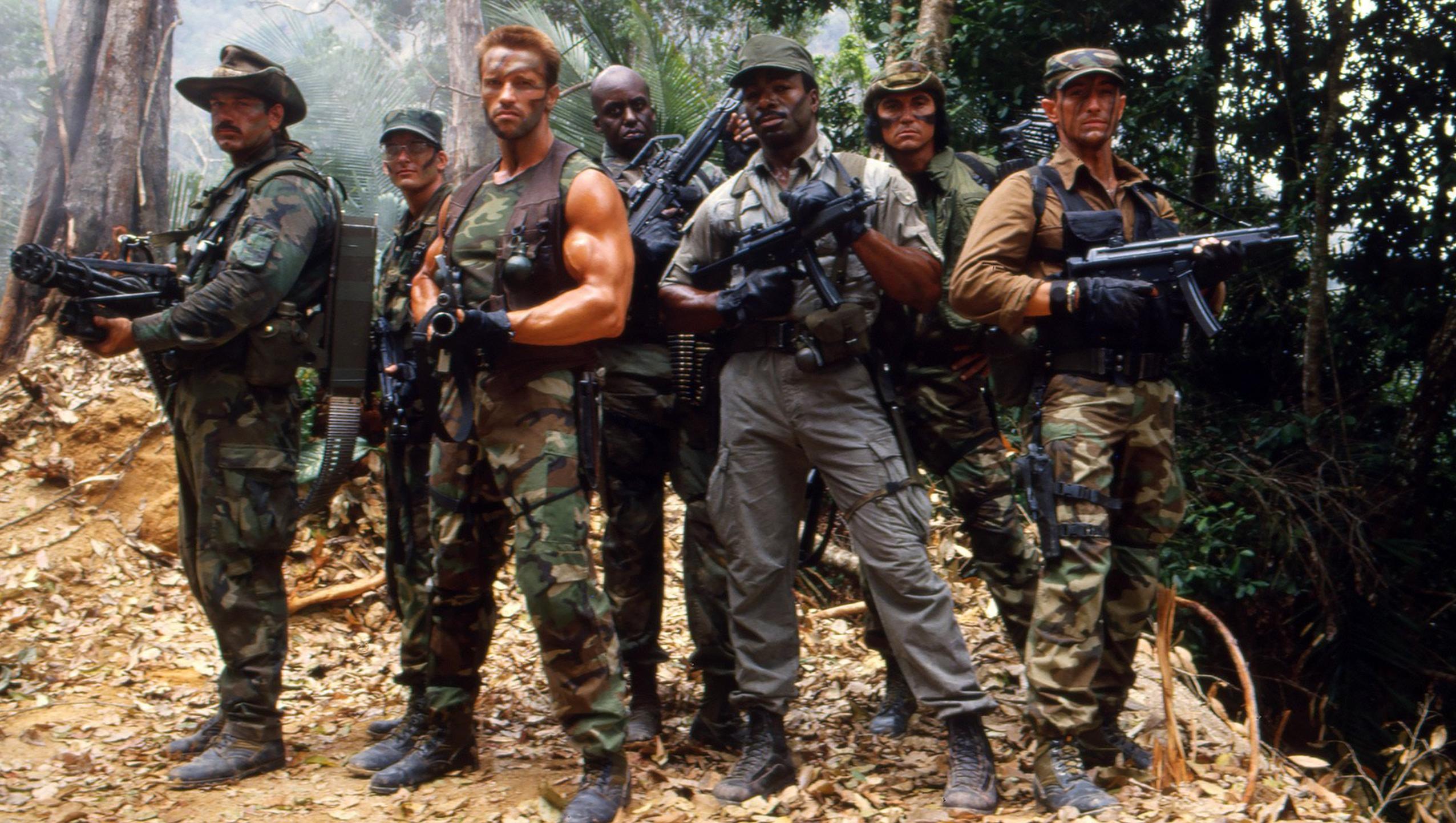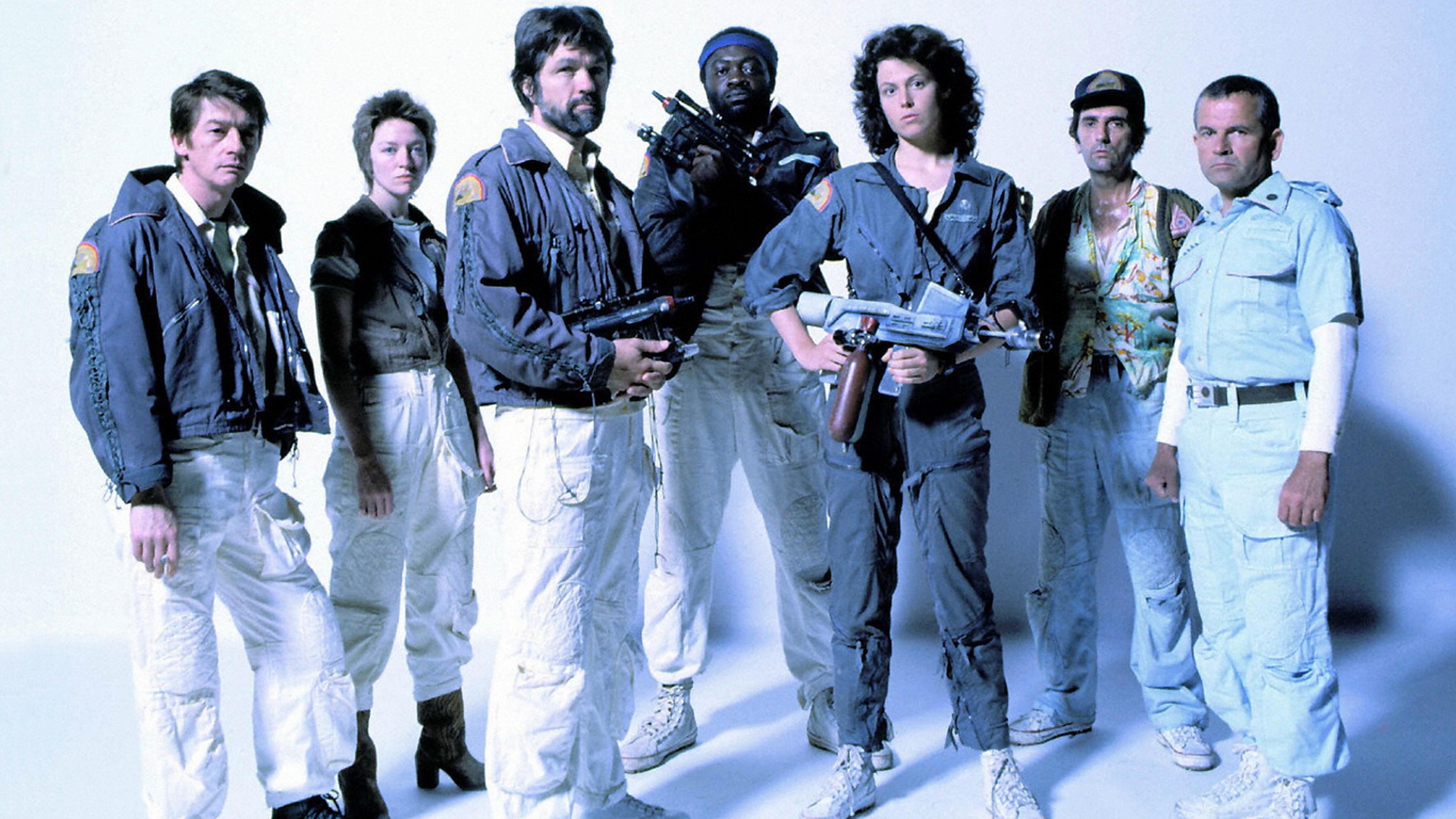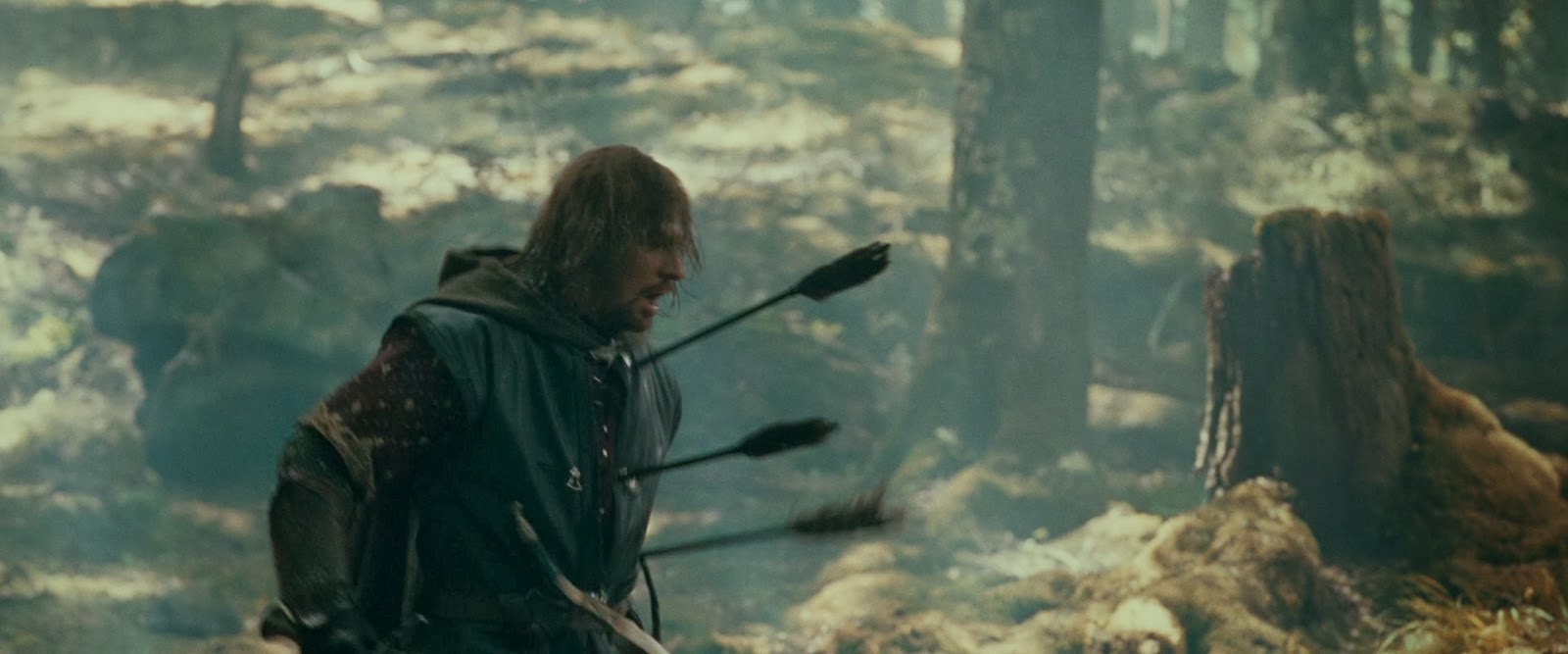Design Theory: Framework and Additions

The idea for SPAR started where most of my TTRPG ideas do anymore: Discord.
Back in late January or early February of this year, I’d been reading Extraction from Demon-Fucked Cleveland 1996 (EFDFC) by Logan Dean (fantastic scenario, highly recommend picking it up and giving it a read/play!), and a group of us were kicking around what system we’d choose to run it in. Seeing the tense, over-the-top, and highly tactical design of the scenario—and as a bunch of rules-light lovers—Into the Odd by Chris McDowall was thrown into the ring almost immediately.
Why?
- Into the Odd is somewhat modern, and also accounts for the weird and unknown. For a demon invasion and takeover in 1996, we’re already on the right track.
- Character creation, from start to finish, takes little to no time at all. With EFDFC having pretty high meatgrinder potential (play style pending, of course), we knew expedient character creation was a must.
- Assumed combat competence is king for pacing. EFDFC is all about time. You’re playing under the gun and against the clock (think Escape from New York); as such, every way to speed up gameplay is critical to preserving the high tension. With Into the Odd bypassing the to-hit roll in combat—with fighting seeming nearly inevitable in EFDFC—we knew we had a built-in way to keep the quick pace before even considering the in-scenario clock.
Now, as a huge 80s/90s action flick fan, EFDFC itself spoke to me as an adventure waiting for a Predator, DOOM, Expendables, Losers, SG-1, etc. team to kick down the door and save the day. That’s where everything took off!
NOTE: Assumed combat competence is a particularly interesting sell here for me, personally, because in action movies, the main protagonists are almost never poor fighters. Whether a punch, a gun, or a grenade, they rarely miss and always have some kind of impact. Into the Odd inherently highlighting this is a huge sell for staying true to the genre.

Building SPAR
Already in scoping, I knew SPAR had to embrace the weird, the tactical, and the gratuitously over-the-top in a very “campy 80s/90s action movie” way; so, I needed to build off the Mark of the Odd (MOTO) framework actively promoting those tenets.
Disciplines
It should be noted that during the ideation stage, I was running an Into the Odd-based game for my home table: Isle of Ixx by skullfungus. (It’s a hell of a system AND an incredible hex crawl - check it out if you haven’t already!) One of the big additions skullfungus made to the MOTO framework is something called Specialties: when rolling a character, you also roll d20 on a table of special skills and perks that give your character a unique edge in the game. Think of it as a further way to make a classless character stand out!
Turns out, skullfungus’ Specialties system also works perfectly for the action movie vibe! After all, what “special teams” action movie have you seen that didn’t include a character known for some kind of special ability or training? Demolitionists, snipers, trackers, blade aficionados, smooth talkers, heavy gunners - the list goes on and on!
So, in true TTRPG creator style, I stole the idea and ran with it; this is where SPAR’s Disciplines were born! Disciplines depict special training, experiences, or other advantages or characteristics that each Asset (player character) brings to the team. They range from the more traditional, like…
- the Medic, who helps expedite healing Ability Score damage
- the Deadeye, who makes impossible shots look easy
- the Brute, who may enjoy melee combat a bit too much?
all the way up to the weird, like…
- the Lab Rat, your test-tube super-soldier
- the Diviner, who gets glimpses of near-future events
- the Hybrid, who’s not entirely human (or maybe even from this universe!)
What’s more, Assets can earn additional Disciplines as they advance through promotion, SPAR’s leveling system! This gives a unique opportunity to reflect new skills gained in the field, or show the personal impact of anomalous events on an Asset.

Surging
To be frank, Surge is the mechanic I didn’t know I absolutely needed until a friend brought up meta-currency.
I’d floated a question to the aforementioned Discord server of what GM tools they’d want to see included with SPAR. Nerdy brought up how some people find it hard to get into GMing for games because in many games, there’s not a whole lot of opportunities for the GM to feel actively involved in the storytelling direction, and that meta-currency really helps GMing feel more active and dynamic.
Now, I’m a huge fan of the Destiny Points system from Fantasy Flight Games’ Star Wars TTRPG (SWFFG), and that’s immediately where my thoughts went.
With help from Andy to clean up the details, we landed on the Surge system! Before each session, any one person at the table can roll a die for the table, with the die size depending on the number of Assets in play. The number rolled is the starting size of the Assets’ Surge pool; the die size minus the number rolled is the starting size of the Operator (GM) Surge pool! And like SWFFG, these pools are dynamic: anytime an Asset Surges, 1 Surge is removed from the Asset pool and added to the Operator pool, and vice versa.
Surging gives Assets (plus some anomalies and other hostiles!) the chance to
- gain advantage on a check (called a challenge),
- give disadvantage on a challenge,
- deal maximum damage with a weapon, or
- reduce incoming damage by d6.
As the name suggests, Surge is all about swinging the momentum and achieving seemingly impossible feats! Think of these like the big moments in action movies, the hero…
- holding a helicopter back from flying away
- pushing the enemy’s knife away from their chest
- emerging from the rubble rubble of a collapsed building, unscathed
- delivering a dramatic, sudden, fatal blow in a critical moment
What really sells action as a genre isn’t just the conflict but the spectacle itself of the conflict. I want SPAR to mechanically give everyone—Assets and Operator alike—the opportunity for huge, dramatic moments that hang the mission in the balance.

The Last Stand
Your squad mate has been mortally wounded. They’re laid out, a bleeding mess on the floor.
You’re scrambling for a weapon, safety, anything at all.
Your enemy is closing in on you. They raise their weapon for the final blow…
…and a shot rings out. Their eyes widen. Their limbs go limp, and they crumple to the floor. Your see your squad mate—smoking pistol in hand—wink at you, groan a “Now we’re even”, and collapse for the last time.
Action heroes don’t go out without a fight – that’s the guiding principle behind the Last Stand mechanic! Within one Turn of taking a lethal blow, an Asset can take one last action, automatically succeeding on any challenge or dealing maximum damage on an attack, but will perish after the last stand is complete. This last stand action—in true action flick form—must be accompanied either before or after by one last campy quip or dramatic one-liner.
A simple addition, the last stand really nails one of the hallmarks of the action genre. It also—for what my opinion’s worth—brings an interesting dynamic to something that we tend to gloss over in the OSR and NSR space: the act itself of dying.
Sure, we talk about a system’s lethality with a fair bit of frequency, but significantly less so about the actual impact dying can play in the flow of the game. This mechanic is meant to encourage (if that’s the correct word here) exploring how much your Assets are willing to sacrifice to complete their objectives…and protect each other.

The aforementioned aren’t the only thematic elements to SPAR—not by a long shot—but I think we’ve covered enough for now.
Still to come: Experimentals, destructible environments, the comedy of machismo, and more!
Be good y’all!
Get SPAR [Beta v0.3]
SPAR [Beta v0.3]
80s/90s action sci-fi built on Mark of the Odd
| Status | Released |
| Category | Physical game |
| Author | Bammax Games |
| Tags | into-the-odd, nsr, OSR, rules-lite, spar, Tabletop role-playing game |
More posts
- Quick Update: Status and IntentionsSep 28, 2023
- Asset sheet available on Role!Aug 04, 2023
- REMINDER: Opening Week Purchases!Jul 19, 2023
- Beta v0.3 Released!Jul 12, 2023
- Devlog 01: Welcome to SPARJun 22, 2023
- SPAR: PreviewJun 22, 2023
![SPAR [Beta v0.3]](https://img.itch.zone/aW1nLzEyNTQzNzQ1LnBuZw==/original/oBGxwo.png)
Leave a comment
Log in with itch.io to leave a comment.